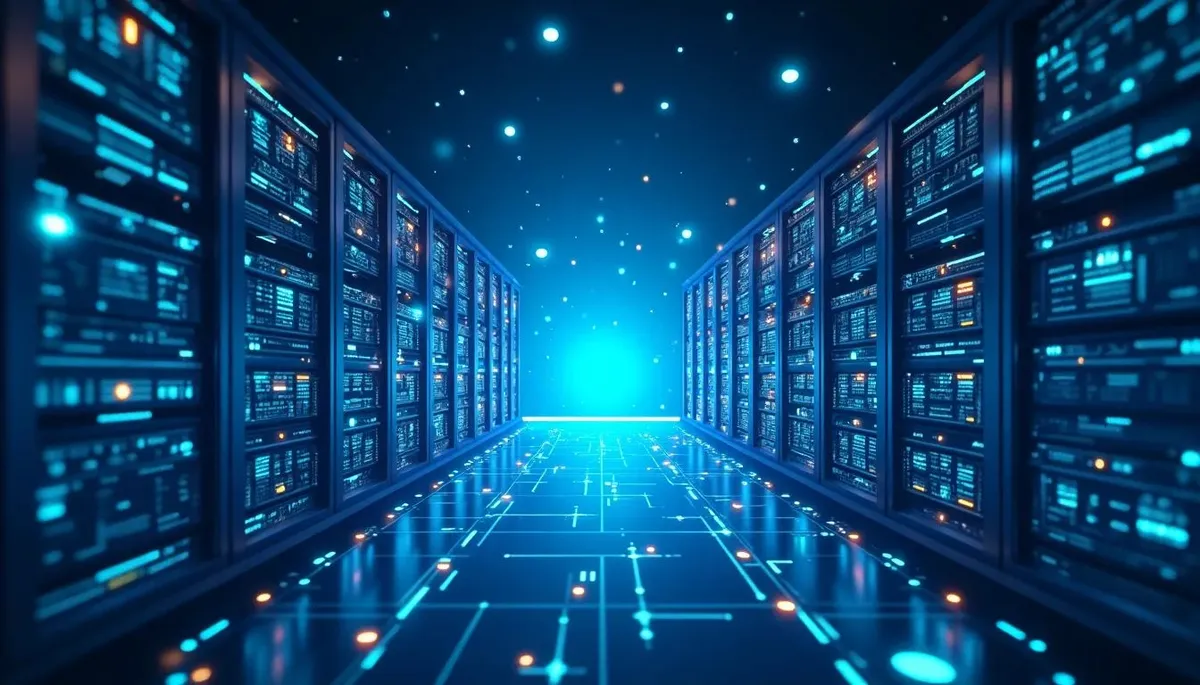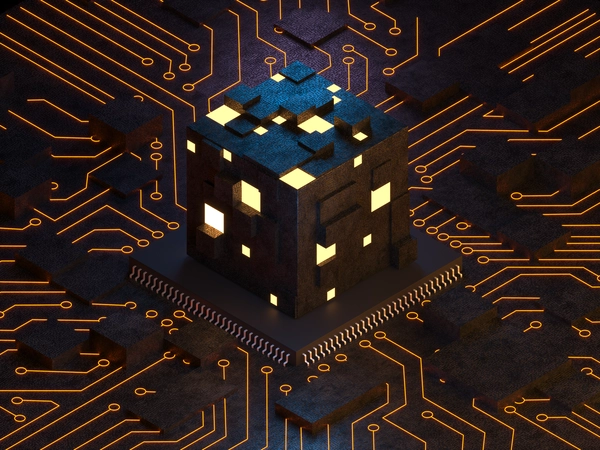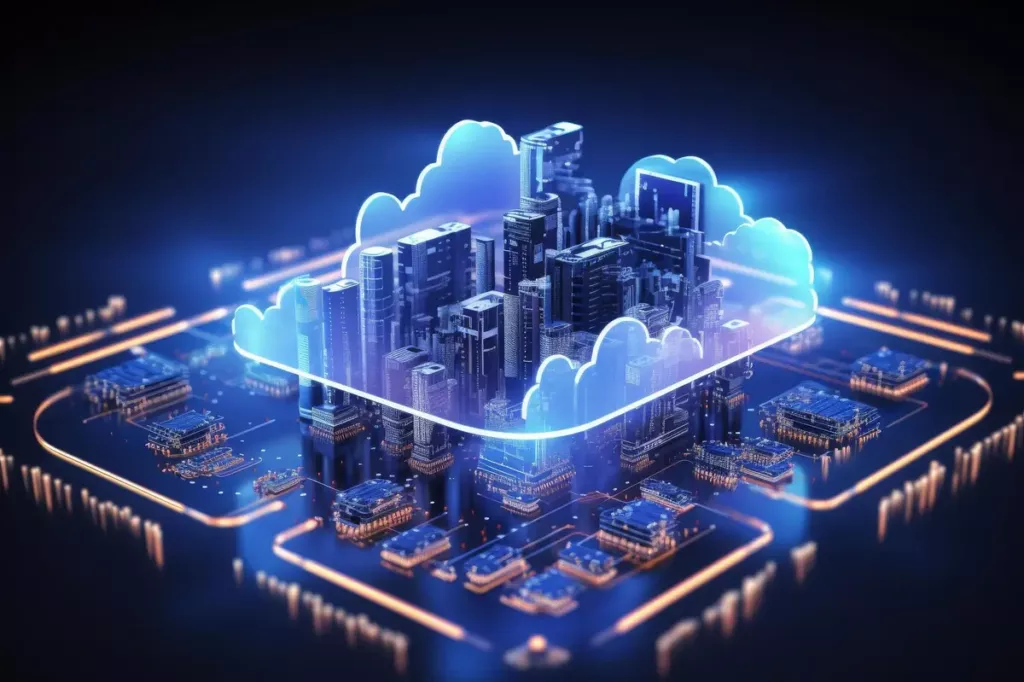Global Data Centers in 2025: The Evolution of Digital Infrastructure

In our increasingly connected world, data centers serve as the neural network powering global digital operations. As technology continues its rapid advancement, these crucial facilities are undergoing significant transformations. Here’s an analysis of the key developments shaping data centers in 2025.
AI-Driven Infrastructure: The Backbone of Modern Data Centers

1. Transforming Operations with AI
Artificial Intelligence (AI) is revolutionizing data center operations. With the rising demand for AI-powered applications, data centers are integrating high-performance GPUs and advanced cooling systems to handle intensive workloads efficiently. These innovations not only optimize performance but also reduce operational costs, making AI a pivotal component in data center advancements.
2. Predictive Maintenance and Resource Optimization
AI-driven infrastructure allows for predictive maintenance, real-time performance monitoring, and dynamic resource allocation. By leveraging machine learning algorithms, data centers can anticipate hardware failures, optimize energy consumption, and enhance overall reliability. As AI applications grow, the integration of AI into data centers will continue to transform how businesses process and analyze data.
Sustainability Takes Center Stage: Powering a Greener Future
1. Renewable Energy Integration
Environmental concerns are driving data centers to prioritize sustainability. By 2025, data centers are expected to consume approximately 2% of global electricity, pushing the industry to increase its reliance on renewable energy sources like solar, wind, and hydropower. Countries like China are implementing plans to boost renewable energy usage in data centers by 10% annually, while the U.S. sustainable data center market is projected to double in value by 2029. This shift not only reduces dependency on fossil fuels but also positions data centers as pioneers in the transition to a clean energy future.
2. Innovative Cooling Technologies
Advancements in energy-efficient cooling technologies, such as liquid cooling and immersion cooling, are minimizing the environmental footprint of these facilities. These methods not only enhance operational efficiency but also significantly reduce water and electricity usage.
3. Green Building and Recycling Initiatives
Sustainability initiatives go beyond energy sources. Data centers are increasingly employing green building designs, recycling heat generated by servers, and utilizing energy storage solutions to balance power demand. These efforts address environmental challenges while reducing operational costs, making sustainability a win-win for the industry.
Read more: Colocation Data Centers Evolution: Why They Matter
Hybrid Cloud Adoption: Balancing Flexibility and Security
1. A Unified Framework for Diverse Needs
Hybrid cloud frameworks are becoming the norm for modern data centers. By integrating on-premises and cloud resources, these frameworks provide flexibility, enhanced security, and seamless scalability. Businesses can efficiently manage their operations while maintaining control over sensitive data.
2. Strategic Workload Distribution
The hybrid cloud approach allows organizations to distribute workloads strategically, leveraging the cloud’s scalability for non-sensitive operations while keeping critical processes on-premises. This model ensures better data sovereignty, compliance, and cost management.
3. Enhanced Support for Complex Environments
As more businesses adopt hybrid cloud solutions, data centers are evolving to support these intricate ecosystems. This includes providing low-latency connections and robust APIs for seamless integration.
Advanced Cooling Technologies: Managing Heat with Innovation
1. Direct Liquid Cooling and Immersion Cooling
Traditional air-cooling methods are no longer sufficient for high-density data centers. Technologies like direct liquid cooling (DLC) and immersion cooling are being widely adopted to manage heat efficiently. These methods not only enhance performance but also contribute to energy savings, aligning with sustainability goals.
2. Improving Equipment Longevity
Liquid cooling involves circulating coolant directly to heat-producing components, while immersion cooling submerges hardware in thermally conductive liquids. Both approaches significantly reduce energy consumption and improve hardware lifespan, ensuring optimal performance and reliability.
Read more: Driving the Future: Integrating Renewable Energy into Data Centers
Global Search for Energy Resources: Finding the Right Location
1. Strategic Placement Near Renewable Sources
With the increasing energy demands of AI and other technologies, data centers are being established in regions with abundant and affordable energy resources. This trend is driving the global distribution of data centers, fostering innovation and efficiency in energy usage.
2. Minimizing Transmission Losses
Strategically locating data centers near renewable energy sources, such as hydroelectric or geothermal plants, helps reduce operational costs and carbon footprints. Additionally, proximity to energy resources minimizes transmission losses and enhances reliability.
3. Shaping Future Data Center Construction
The search for optimal energy locations is not only a necessity but also a driver for innovation in construction and operation practices. These advancements ensure that data centers can meet growing demands sustainably.
Why Data Centers Matter
Data centers are the lifeline of our digital world, supporting everything from cloud computing to real-time analytics. By embracing innovation and sustainability, they are not only addressing current challenges but also paving the way for a connected and efficient future.
Read more: What is a Data Center: Definition, Types, and Benefits
Conclusion
The data center industry is at a transformative juncture. From integrating AI and hybrid cloud solutions to adopting sustainable practices and advanced cooling technologies, these trends are defining the future of data centers. As we move into 2025, staying informed about these developments will be crucial for businesses and tech enthusiasts alike.
Ready to optimize your digital infrastructure? Contact our team to amplify the future of your business operations.


